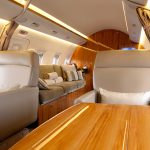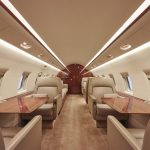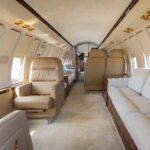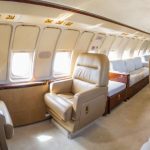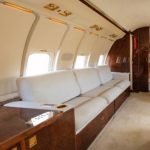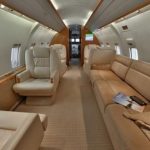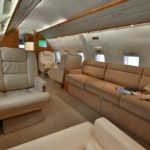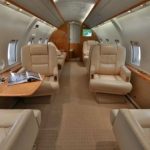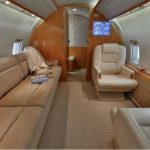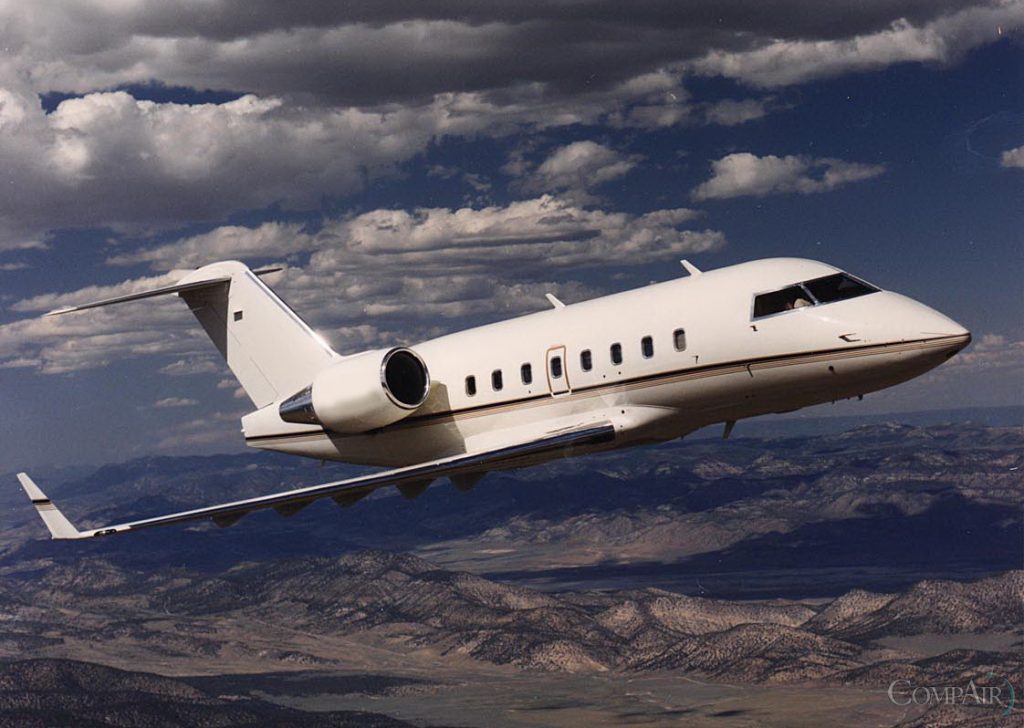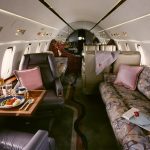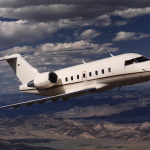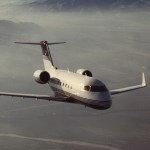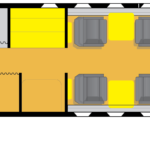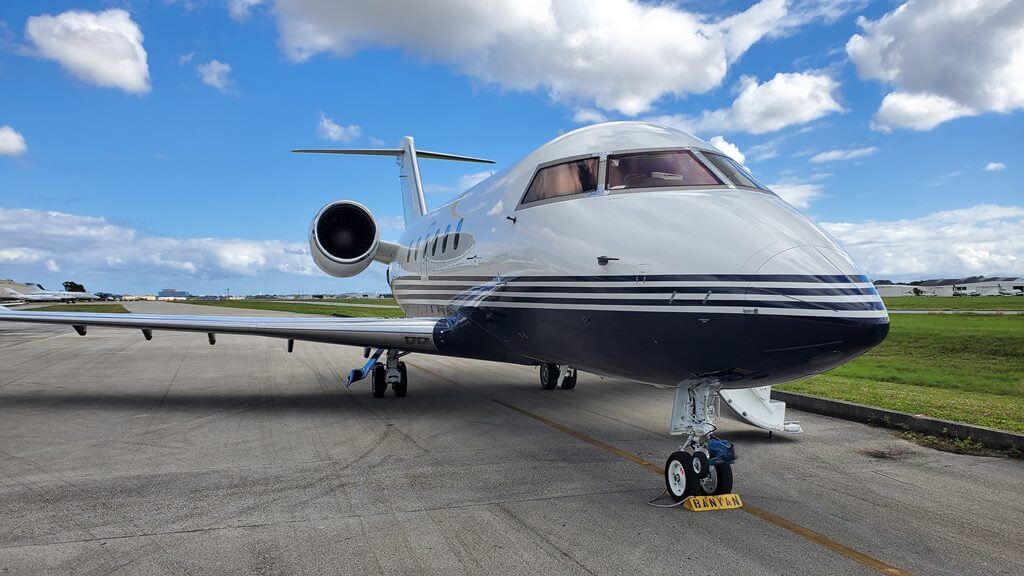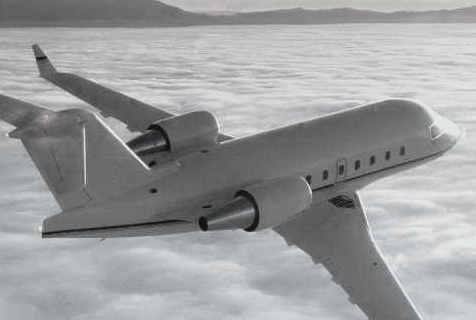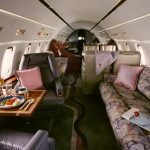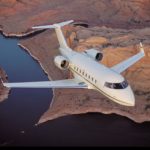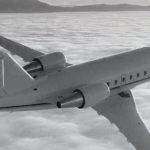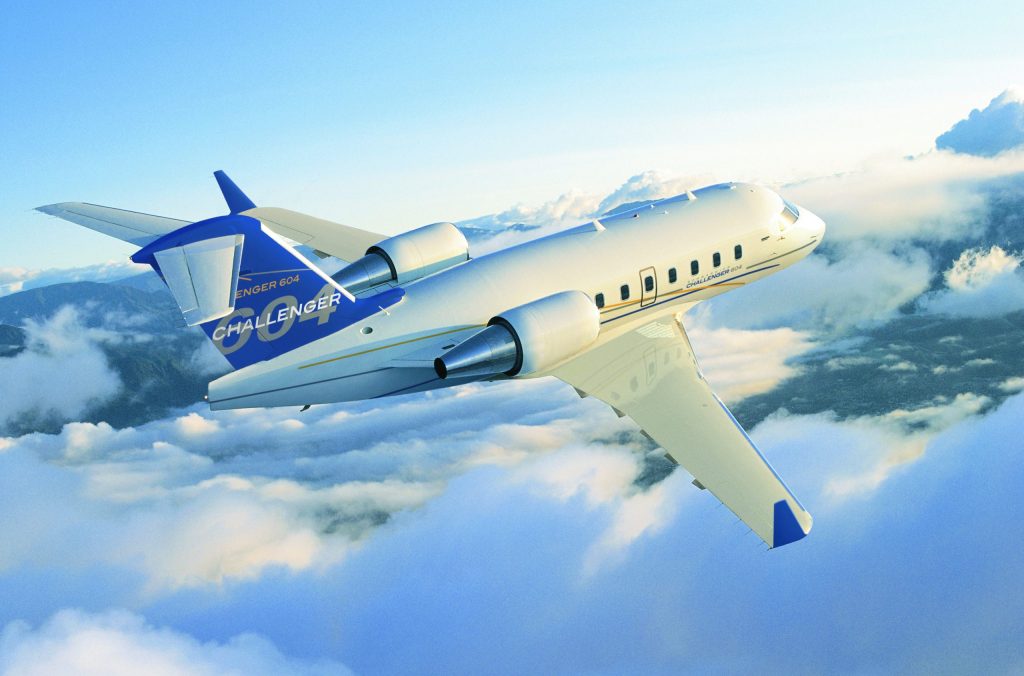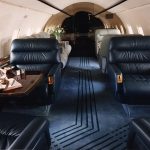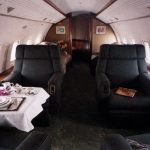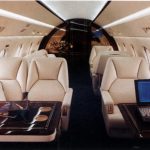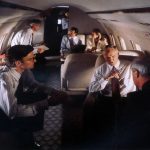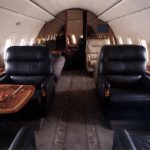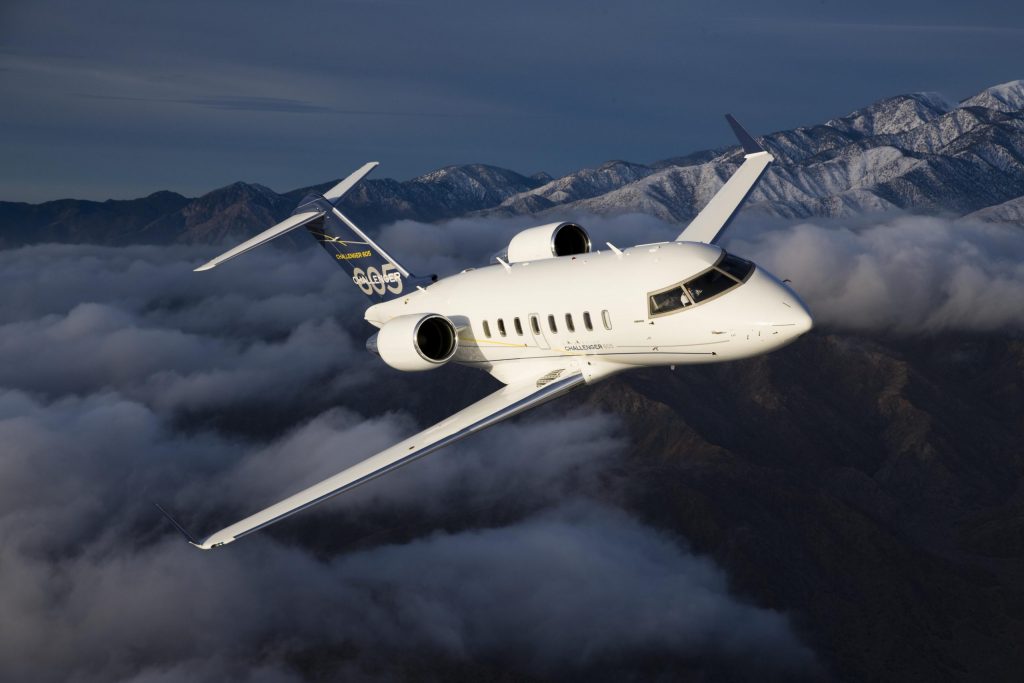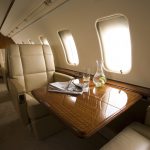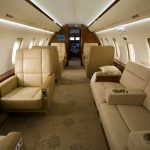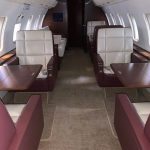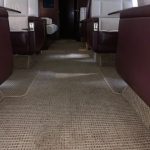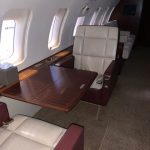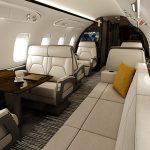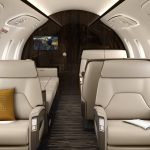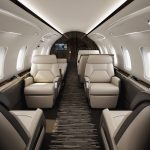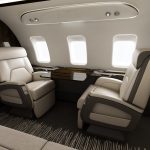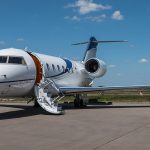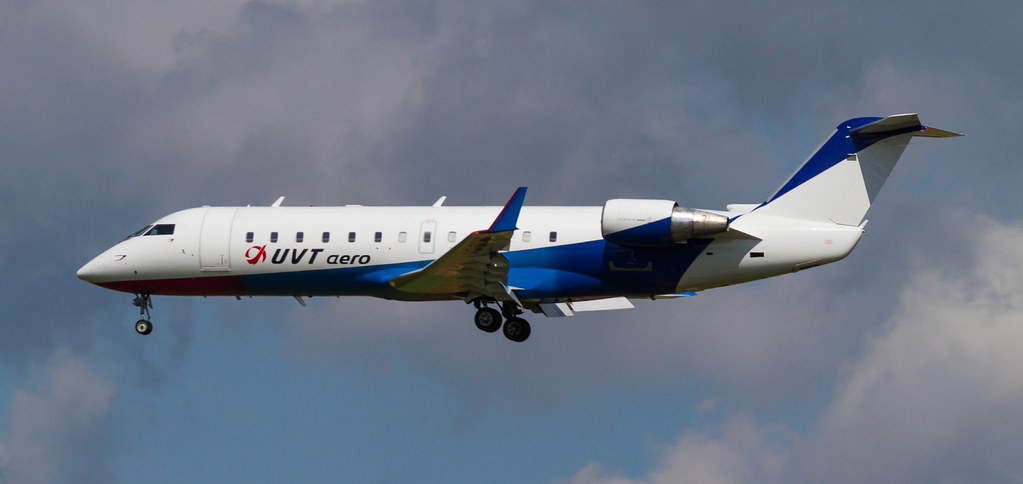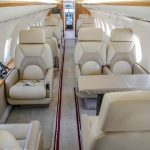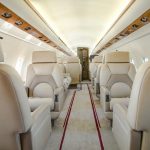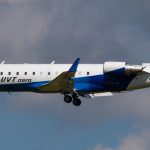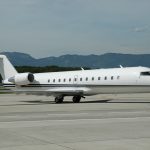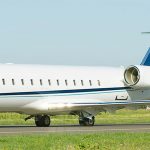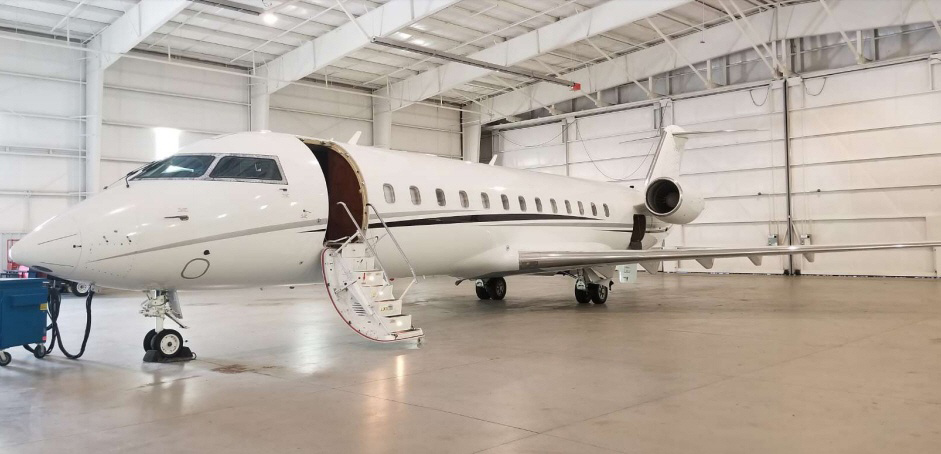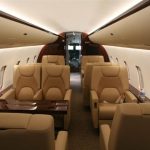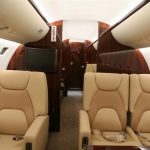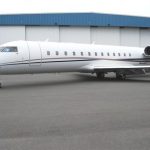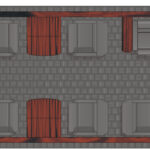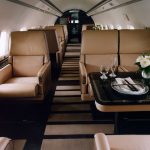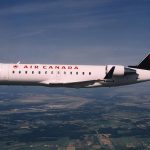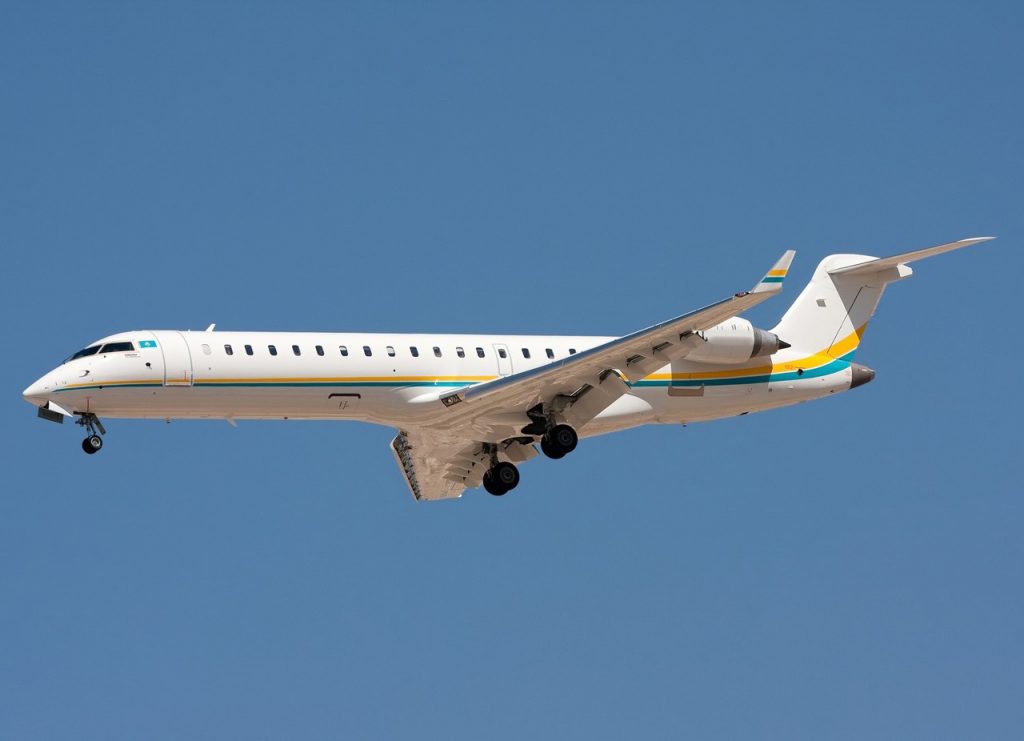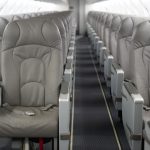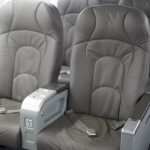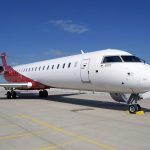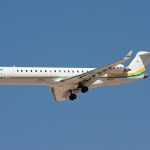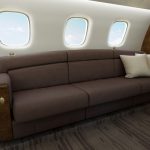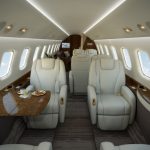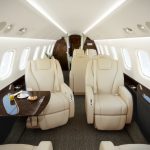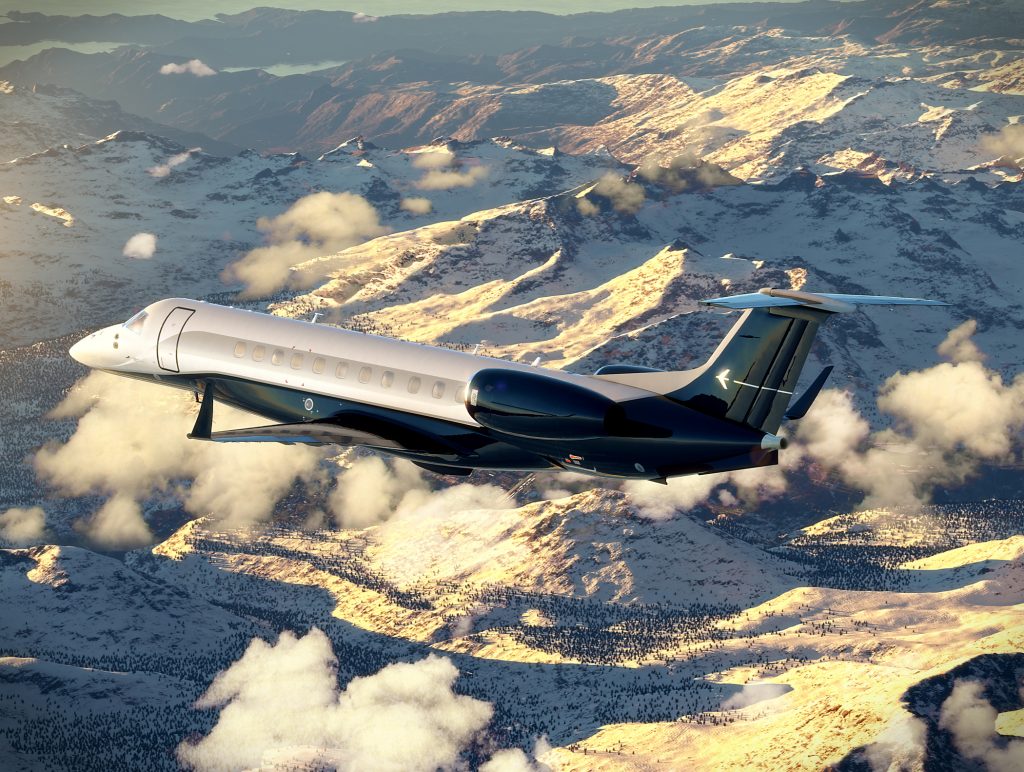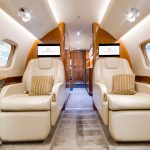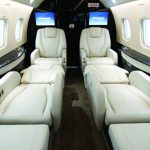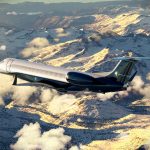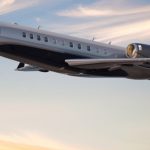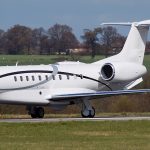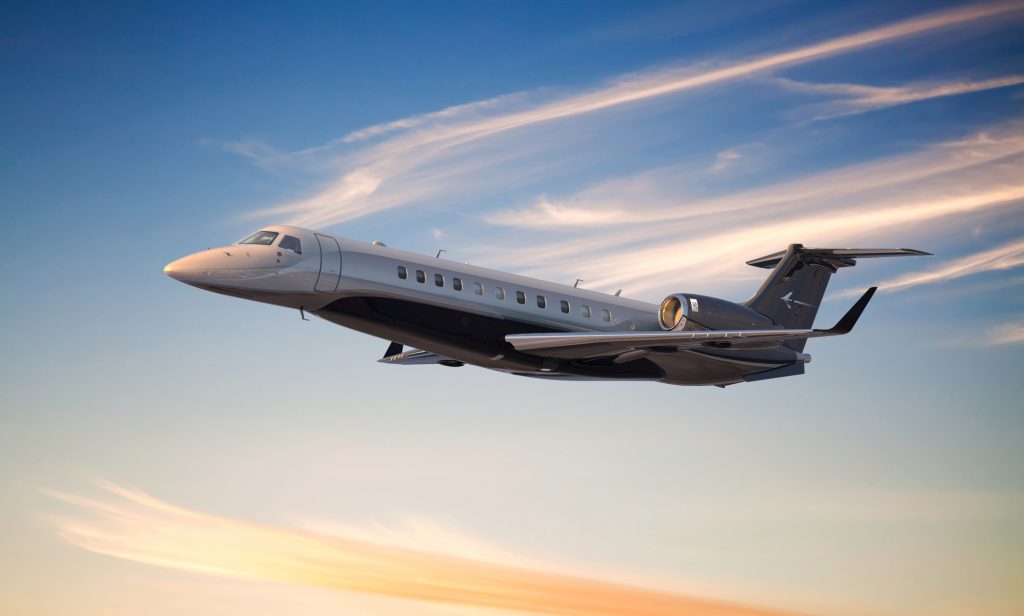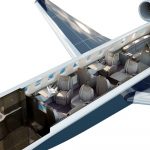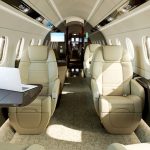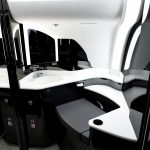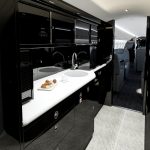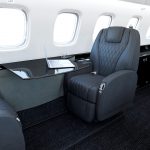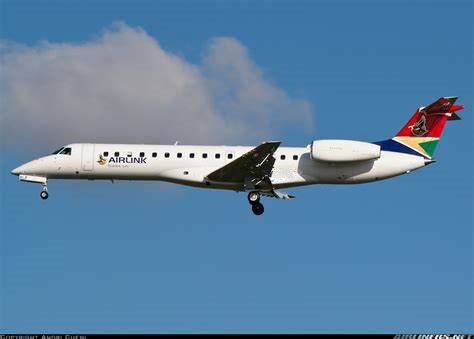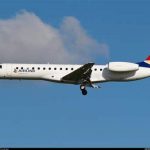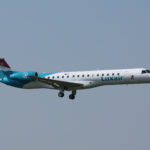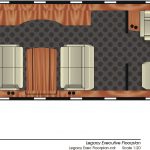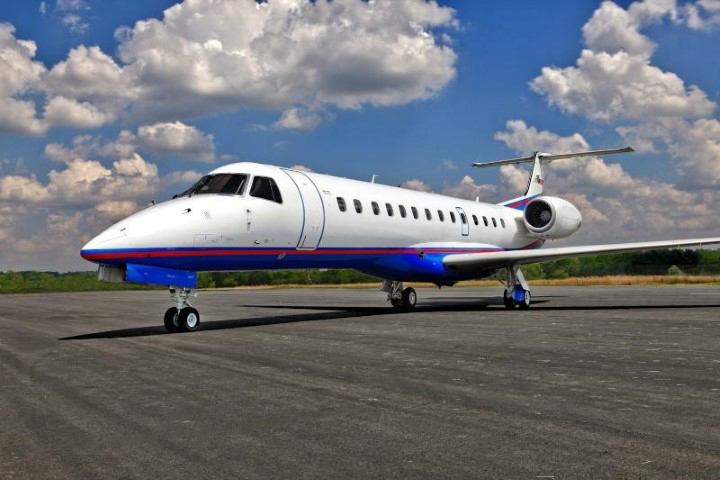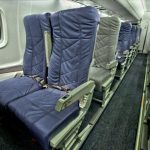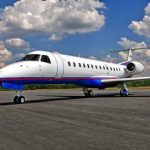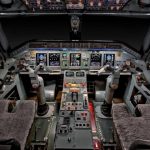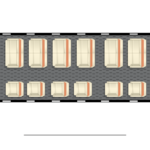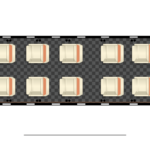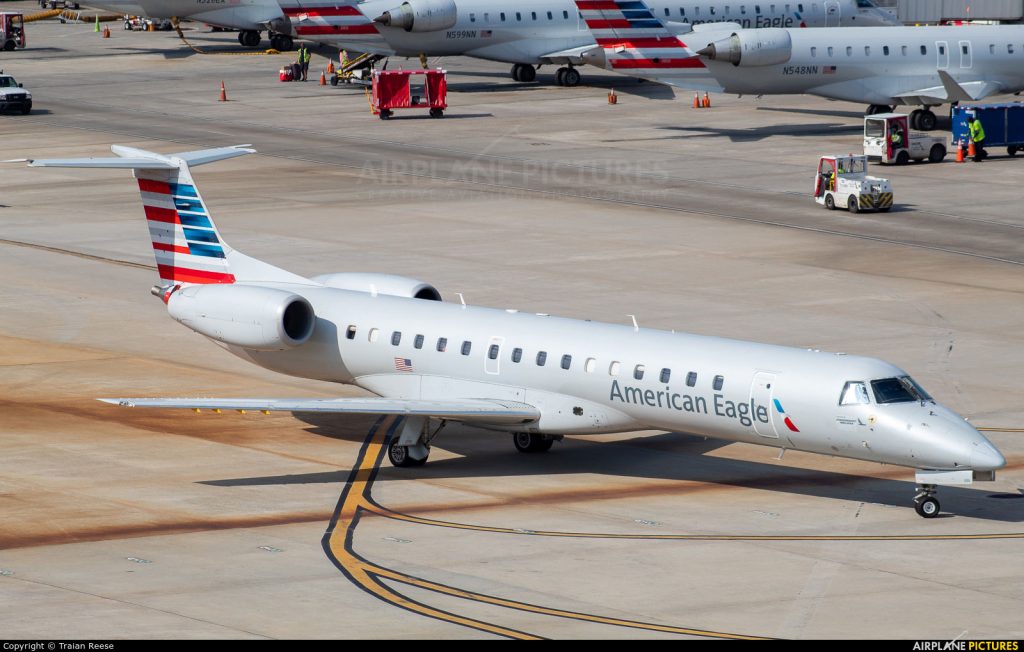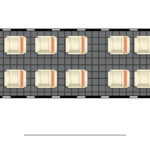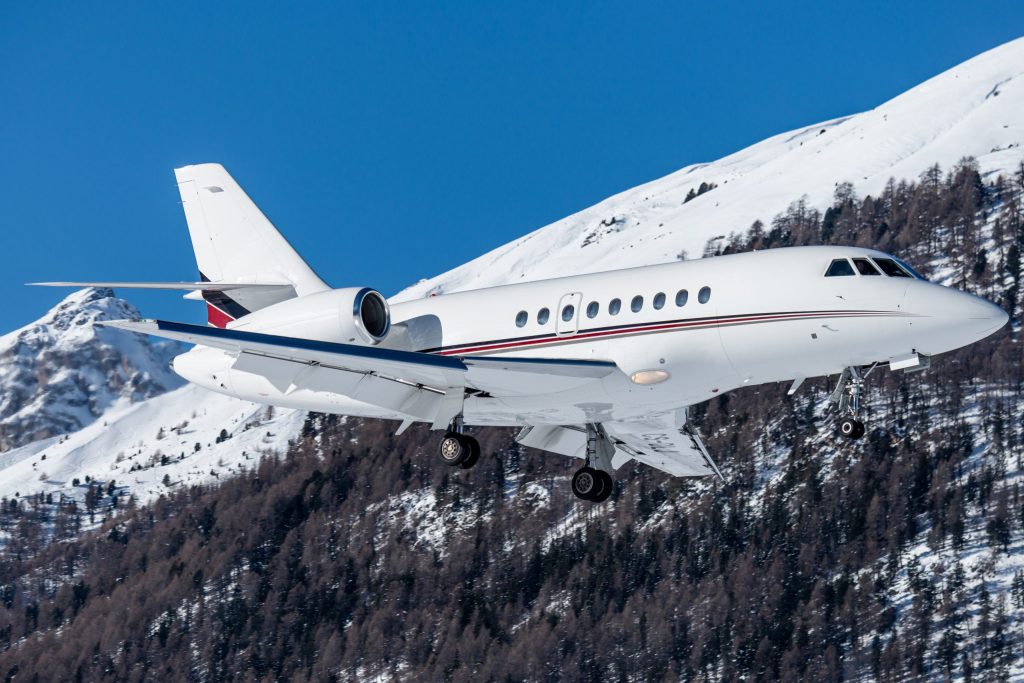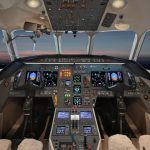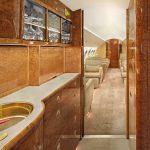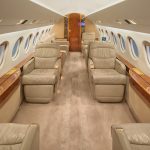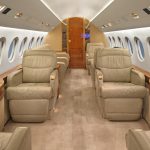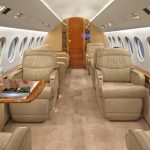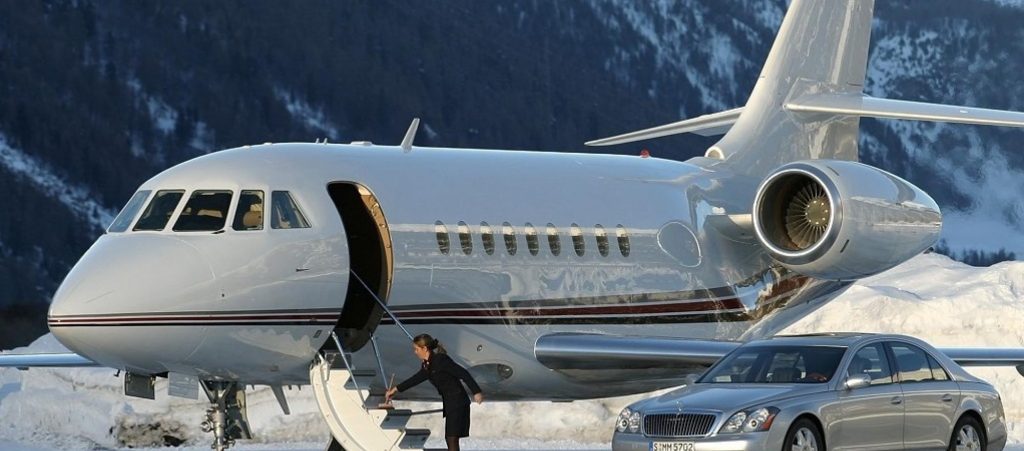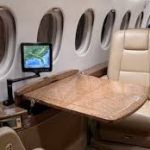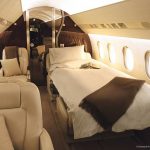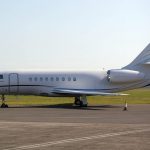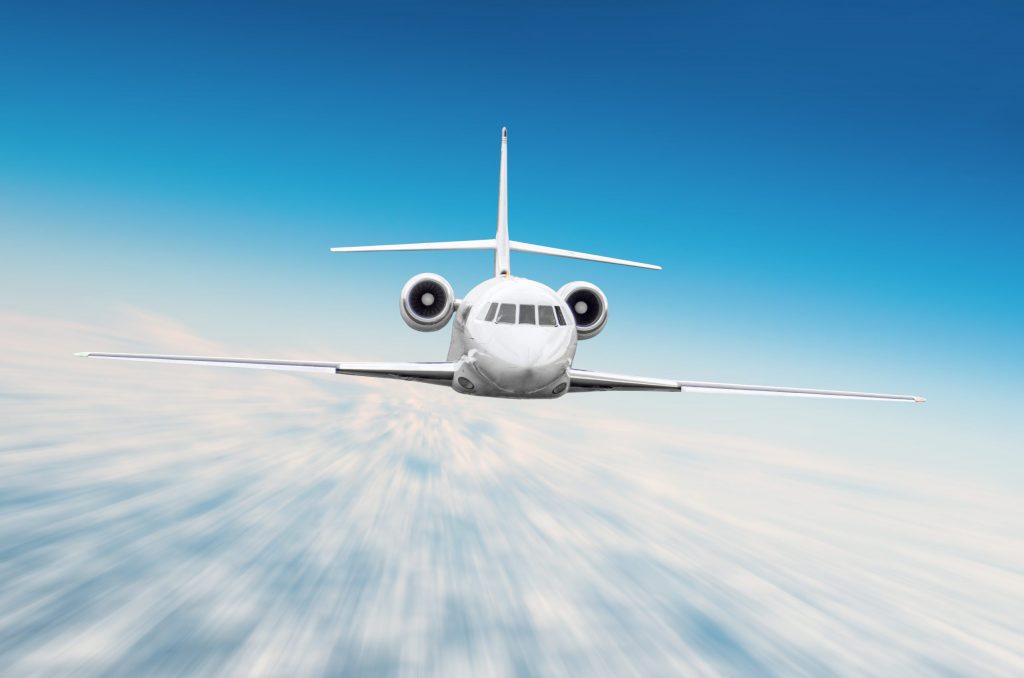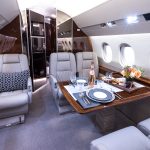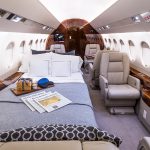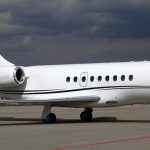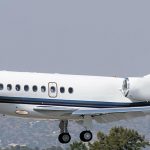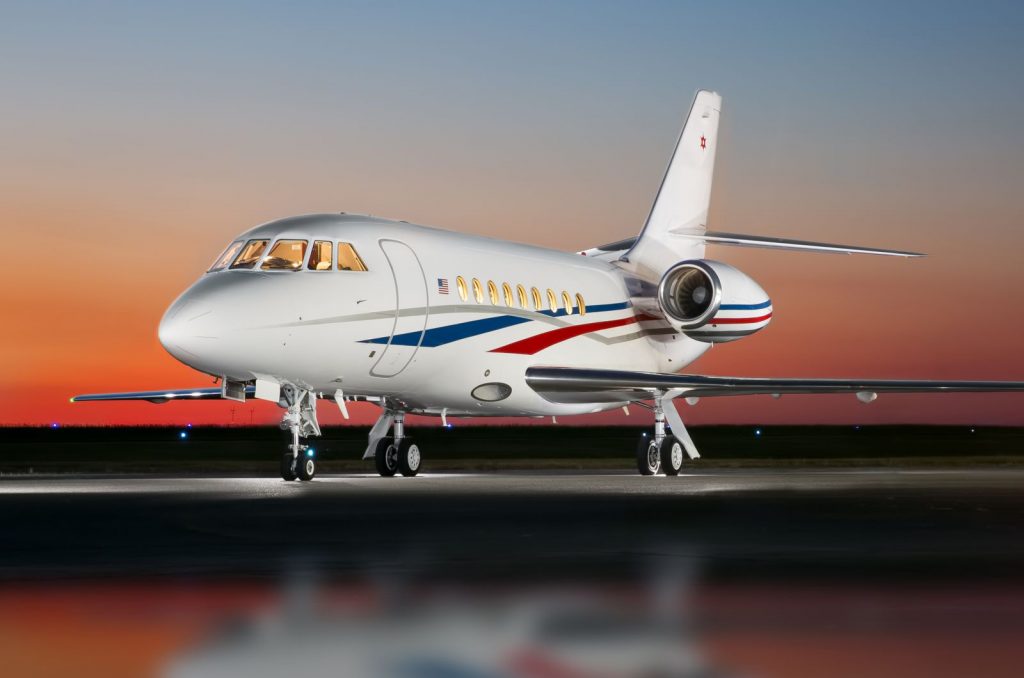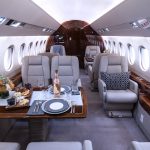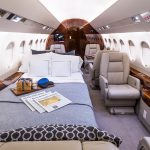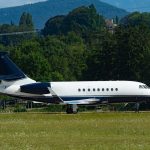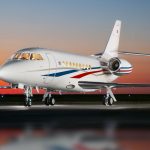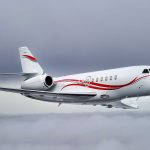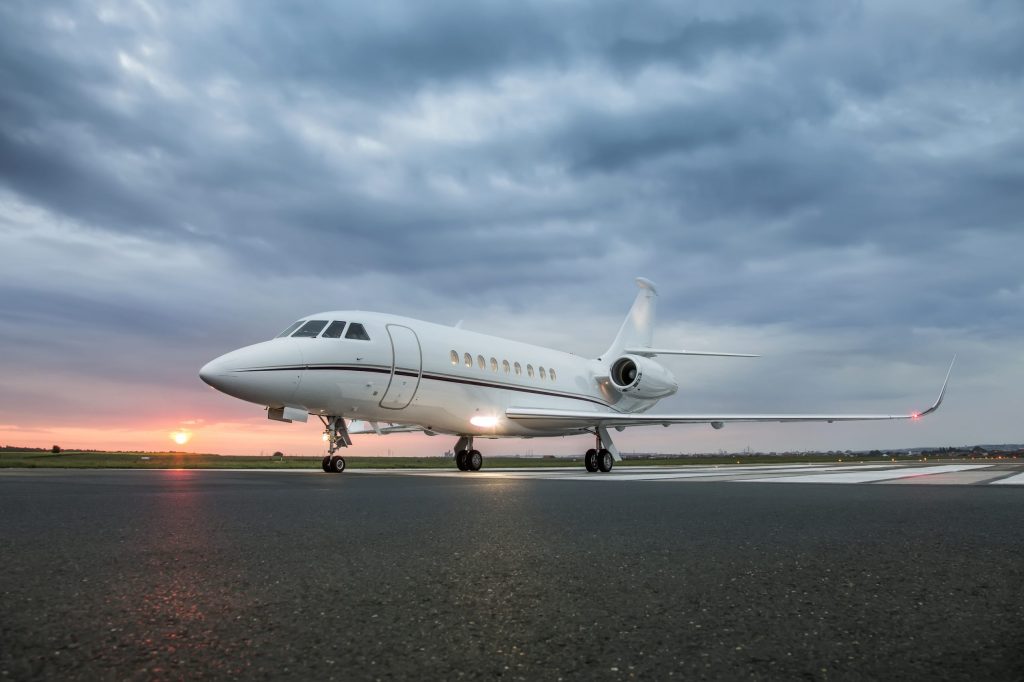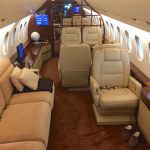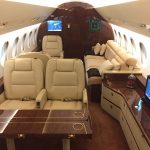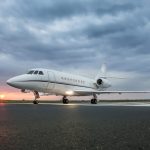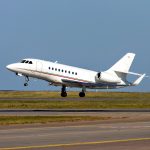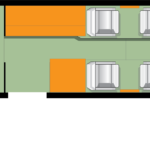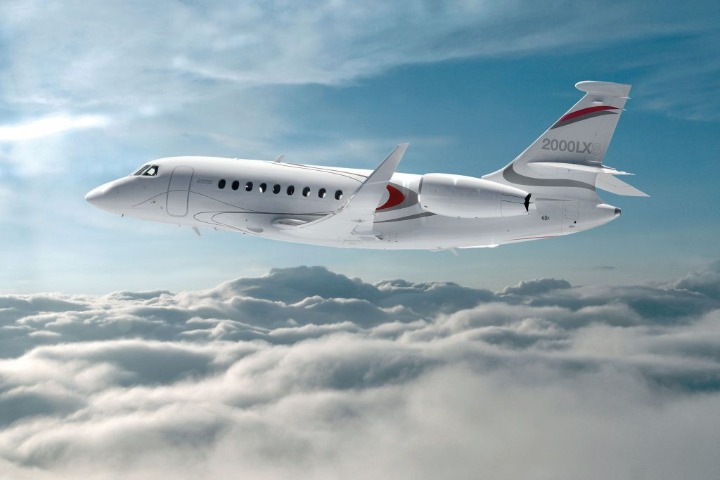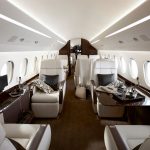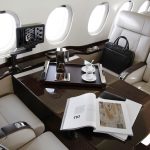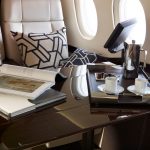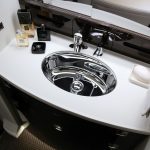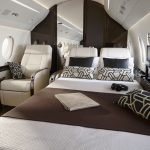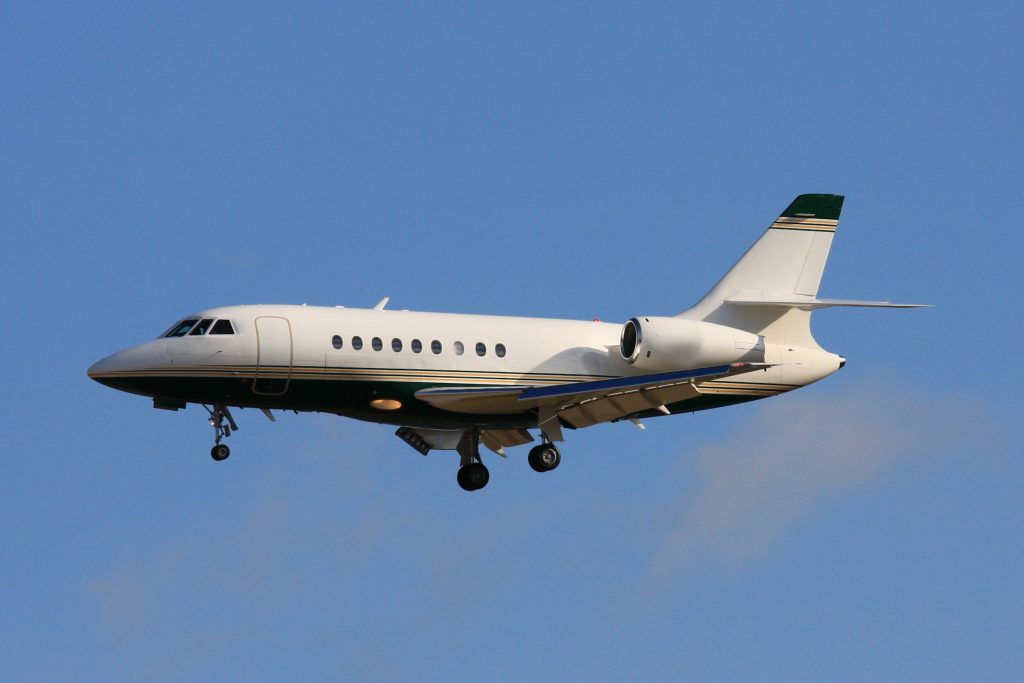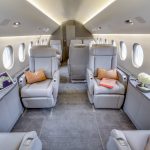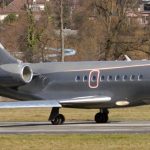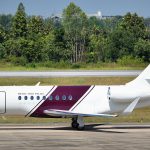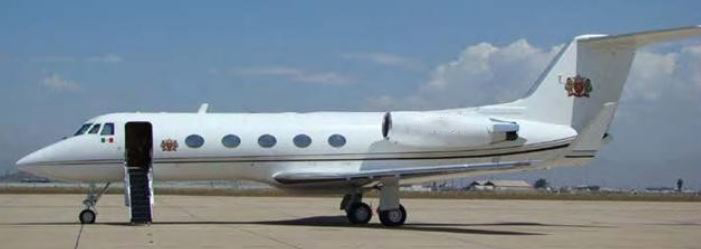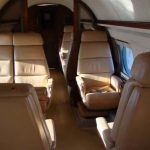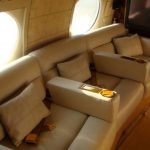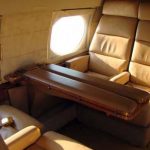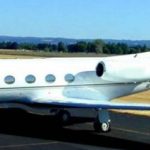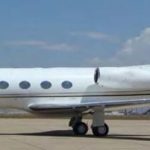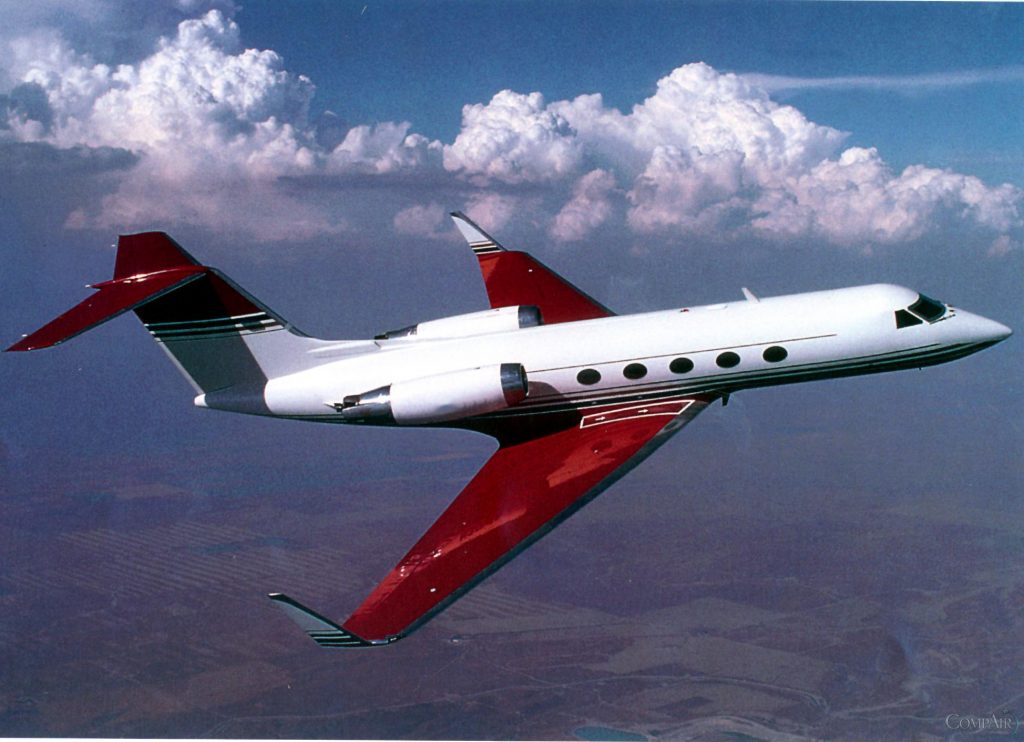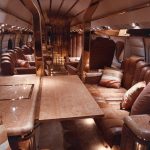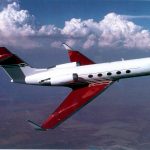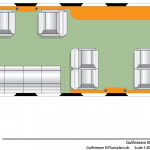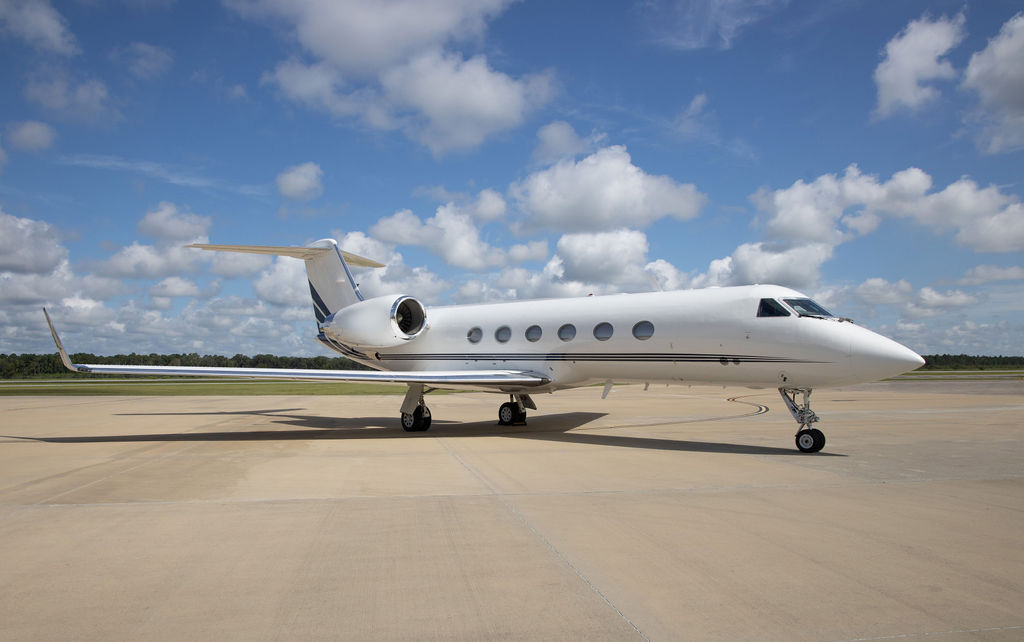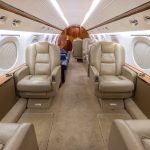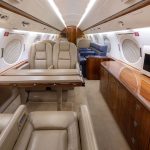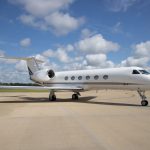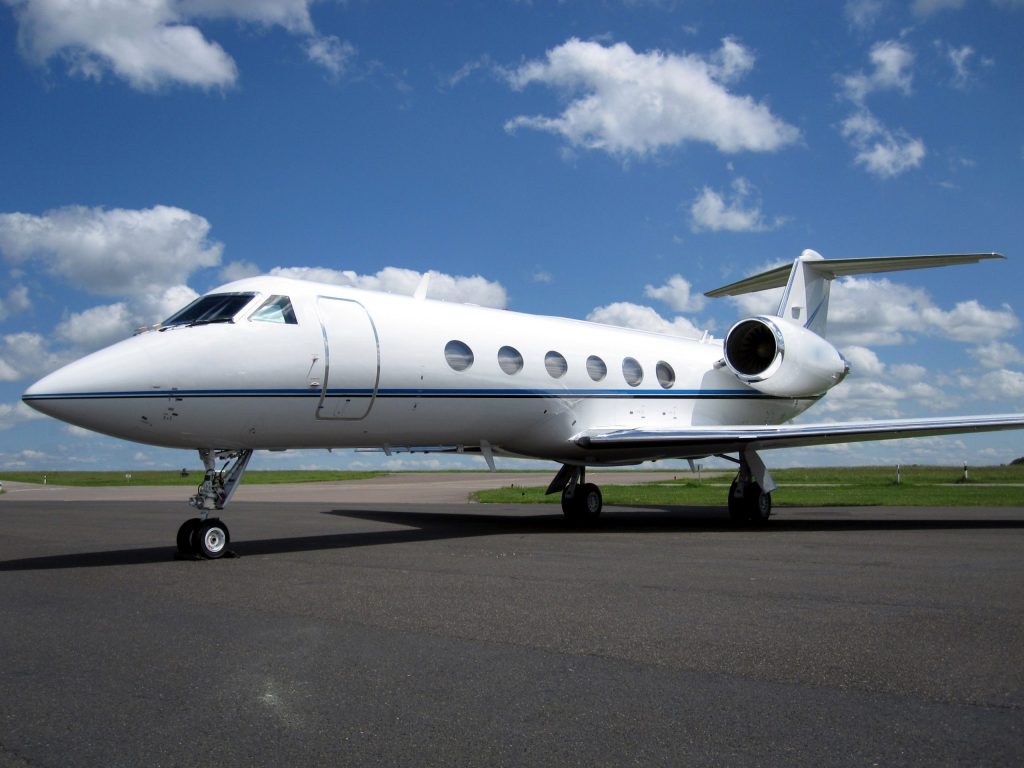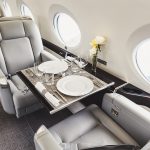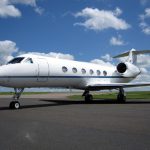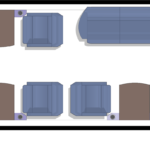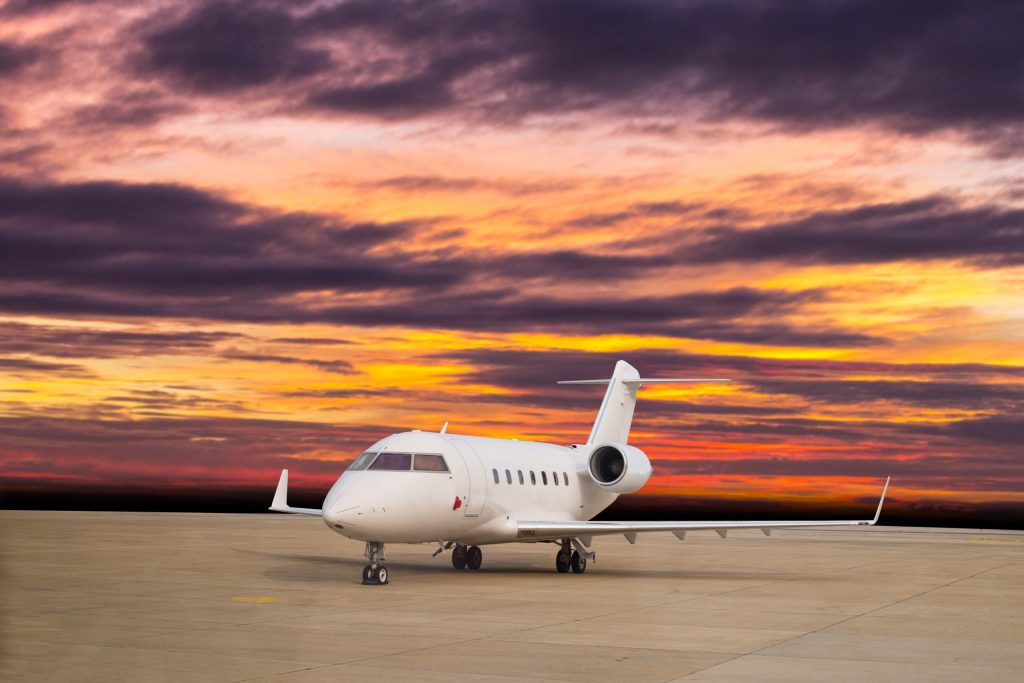
Challenger 600
The Challenger 600 is more like an airliner than a private jet. Comparable to the Boeing 737, it offers much more cabin space than any similar aircraft. It is quiet, fairly economical, and handles well. Pilots love to fly it, and passengers love the spacious, comfortable cabin and ...
Challenger 601-1A
Bombardier designed the original Challenger 601 with the primary goal of passenger comfort. It is unusually wide-bodied and can carry up to nineteen passengers in its 8.2 foot wide cabin, yet it has transcontinental range, and is able to complete nonstop flights between almost any two cities in the United States. ...
Challenger 601-3A
The Challenger 601-3A long-range business jet has made leaps and bounds from the original Challenger 600. With better performing engines, greater range and increased reliability, the -3A variant offers plenty of desirable qualities in its class, even two decades later.
Challenger 601-3R
A derivative of the Challenger 600, the Challenger 601 was designed with the primary goal of passenger comfort. It is unusually wide-bodied and can carry up to nineteen passengers in its 8.2 foot wide cabin, yet it has transcontinental range, and is able to complete nonstop flights between almost ...
Challenger 604
Beginning with the original Challenger 600, Bombardier created a successful family of business jets. After numerous refinements and upgrades, the Challenger 604 secures the family name in the long-range, business jet market. Certified in 1995, the 604 provides range, speed, and sophistication and style.
A lot of power can be found ...
Challenger 605
Bombardier’s Challenger series, perhaps its most successful line, has only become better with experience. Because the original Challenger was so successful, Bombardier continues to use its general design while incorporating up-to-date technology and improvements on well-received components. It would be a challenge, pun intended, to ...
Challenger 850 CS
The Challenger 850 CS derives from Canadair’s Regional Jet series. The regional jet featured greater cabin space and wingspan as well as a sturdier frame. Rebranded in 2003, the airliner became the Bombardier Challenger 850. As a result, the 850 fuses the capabilities of a larger aircraft with the ...
Challenger 870
The Challenger 870 CS derives from Canadair’s Regional Jet series, having all of the space and performance capabilities of an airliner at the cost of a turboprop. Rebranded in 2003, the airliner became the Bombardier Challenger 850 CS and 870 CS. As an “extended” version of the 850, the 870 offers ...
Embraer Legacy 600
Usually a company finds a niche and sticks with it. Not Embraer. After the huge success of their 146 jetliner, they still wanted to branch out into the corporate jet market. The Legacy 600 is Embraer’s first attempt business jet but it doesn’t show. Certified in 1999, ...
Embraer Legacy Shuttle
The Embraer Legacy Shuttle began life as a highly successful commercial aircraft in 1999. Its parent company, Embraer, decided that their popular 50-passenger commercial jet, the ERJ-135, would translate well into a 13-passenger private jet. The resulting aircraft was a cross between the ERJ-135 and -145, and ...
Falcon 2000
It was a bit surprising when Dassault, a French company known for high standards of performance and technological advancement, announced that their next jet would be optimized for economy. Fortunately, they managed to create the Falcon 2000 without sacrificing their usual high standard of excellence. The Falcon 2000 ...
Falcon 2000DX
High standards of engineering, structural quality, and technological advancement are at the forefront of the Dassault Family thinking. The Falcon 900 series has been one of Dassaults best-performing aircraft. However, few wide-body aircraft in the market compelled Dassault to produce a wide-body, shorter range line: the Falcon 2000. ...
Falcon 2000EX
Eight years after the release of the successful Falcon 2000, Dassault released the Falcon 2000EX. It still had all of the components that made the Falcon 2000 great – economy, speed, a large cabin – but improved on all of these elements to make an even better jet.
The cabin of ...
Falcon 2000EX EASy
Eight years after the release of the successful Falcon 2000, Dassault released the Falcon 2000EX. It still had all of the components that made the Falcon 2000 great – economy, speed, a large cabin – but improved on all of these elements to make an even better jet.
The cabin of ...
Falcon 2000LX
Over a decade after the release of the successful Falcon 2000, Dassault released the Falcon 2000LX. It still has all of the components that made the Falcon 2000 series great – economy, speed, a large cabin – but improved on all of these elements to make an even better jet. ...
Gulfstream G-III
The Gulfstream G-III is the third generation of a very successful family line of private jets. Gulfstream Aerospace Corp designed the Gulfstream G-III to be similar to the GII (of which more than 250 models were sold), but better. The G-III can fly 4,600 miles (4,000 nautical miles) at ...
Gulfstream G350
The Gulfstream 350 is the next in line of business jet after the successful 300. However, the 350 is more similar in interior features, aerodynamic design and advanced cockpit to its superior counterpart, the Gulfstream 450. The only difference between the jets is range: the 350’s range is 3,797 nautical miles while the 450’s ...

